This weekly blog post is from via our unique intelligence collection pipelines. We are your eyes and ears online, including the Dark Web.
There are thousands of vulnerability discussions each week. SOS Intelligence gathers a list of the most discussed Common Vulnerabilities and Exposures (CVE) online for the previous week.
We make every effort to ensure the accuracy of the data presented. As this is an automated process some errors may creep in.
If you are feeling generous please do make us aware of anything you spot, feel free to follow us on Twitter @sosintel and DM us. Thank you!
1. CVE-2018-17144
Bitcoin Core 0.14.x before 0.14.3, 0.15.x before 0.15.2, and 0.16.x before 0.16.3 and Bitcoin Knots 0.14.x through 0.16.x before 0.16.3 allow a remote denial of service (application crash) exploitable by miners via duplicate input. An attacker can make bitcoind or Bitcoin-Qt crash.
https://nvd.nist.gov/vuln/detail/CVE-2018-17144
2. CVE-2012-2459
Unspecified vulnerability in bitcoind and Bitcoin-Qt before 0.4.6, 0.5.x before 0.5.5, 0.6.0.x before 0.6.0.7, and 0.6.x before 0.6.2 allows remote attackers to cause a denial of service (block-processing outage and incorrect block count) via unknown behavior on a Bitcoin network.
https://nvd.nist.gov/vuln/detail/CVE-2012-2459
3. CVE-2022-26134
In affected versions of Confluence Server and Data Center, an OGNL injection vulnerability exists that would allow an unauthenticated attacker to execute arbitrary code on a Confluence Server or Data Center instance. The affected versions are from 1.3.0 before 7.4.17, from 7.13.0 before 7.13.7, from 7.14.0 before 7.14.3, from 7.15.0 before 7.15.2, from 7.16.0 before 7.16.4, from 7.17.0 before 7.17.4, and from 7.18.0 before 7.18.1.
https://nvd.nist.gov/vuln/detail/CVE-2022-26134
4. CVE-2017-7508
OpenVPN versions before 2.4.3 and before 2.3.17 are vulnerable to denial-of-service by authenticated remote attacker via sending a certificate with an embedded NULL character.
https://nvd.nist.gov/vuln/detail/CVE-2017-7508
5. CVE-2017-7520
OpenVPN versions before 2.4.3 and before 2.3.17 are vulnerable to denial-of-service by authenticated remote attacker via sending a certificate with an embedded NULL character.
https://nvd.nist.gov/vuln/detail/CVE-2017-7520
6. CVE-2017-7521
OpenVPN versions before 2.4.3 and before 2.3.17 are vulnerable to denial-of-service by authenticated remote attacker via sending a certificate with an embedded NULL character.
https://nvd.nist.gov/vuln/detail/CVE-2017-7521
7. CVE-2017-7512
OpenVPN versions before 2.4.3 and before 2.3.17 are vulnerable to denial-of-service by authenticated remote attacker via sending a certificate with an embedded NULL character.
https://nvd.nist.gov/vuln/detail/CVE-2017-7512
8. CVE-2016-6316
OpenVPN versions before 2.4.3 and before 2.3.17 are vulnerable to denial-of-service by authenticated remote attacker via sending a certificate with an embedded NULL character.
https://nvd.nist.gov/vuln/detail/CVE-2016-6316
9. CVE-2017-7522
OpenVPN versions before 2.4.3 and before 2.3.17 are vulnerable to denial-of-service by authenticated remote attacker via sending a certificate with an embedded NULL character.
https://nvd.nist.gov/vuln/detail/CVE-2017-7522
10. CVE-2022-32969
Progress Telerik UI for ASP.NET AJAX through 2019.3.1023 contains a .NET deserialization vulnerability in the RadAsyncUpload function. This is exploitable when the encryption keys are known due to the presence of CVE-2017-11317 or CVE-2017-11357, or other means. Exploitation can result in remote code execution. (As of 2020.1.114, a default setting prevents the exploit. In 2019.3.1023, but not earlier versions, a non-default setting can prevent exploitation.)
https://nvd.nist.gov/vuln/detail/CVE-2022-32969








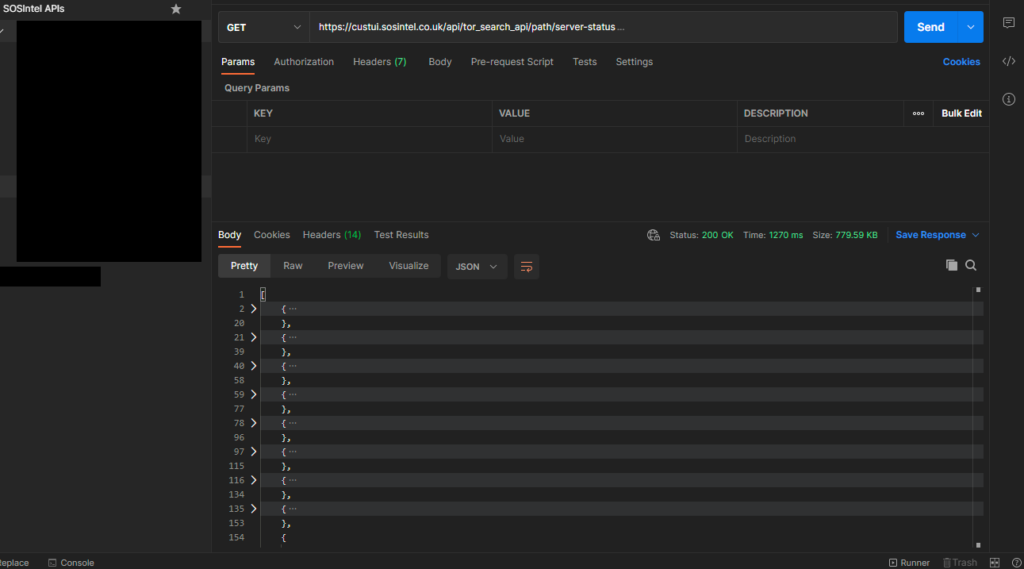
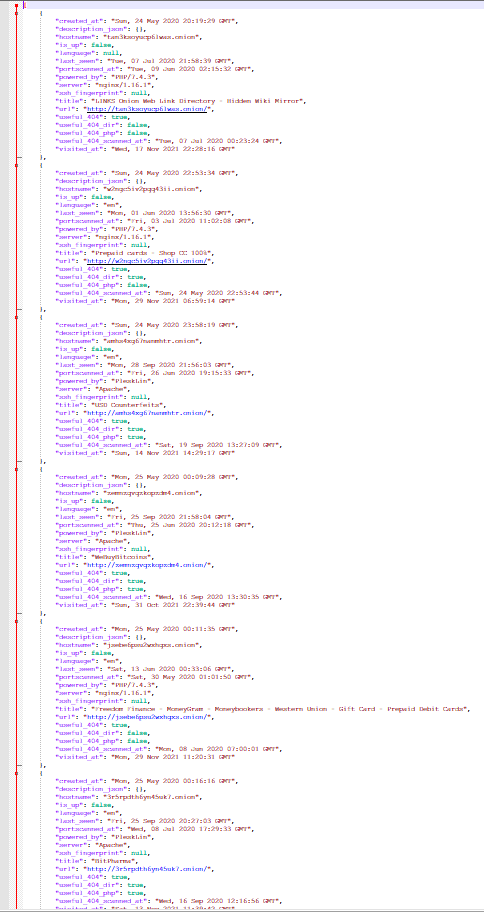
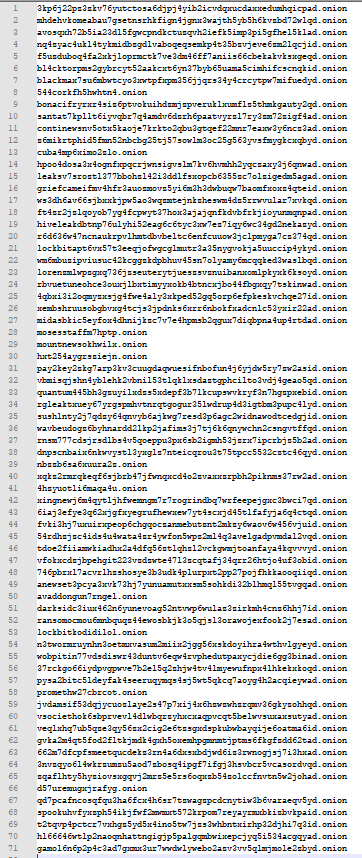
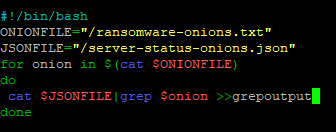

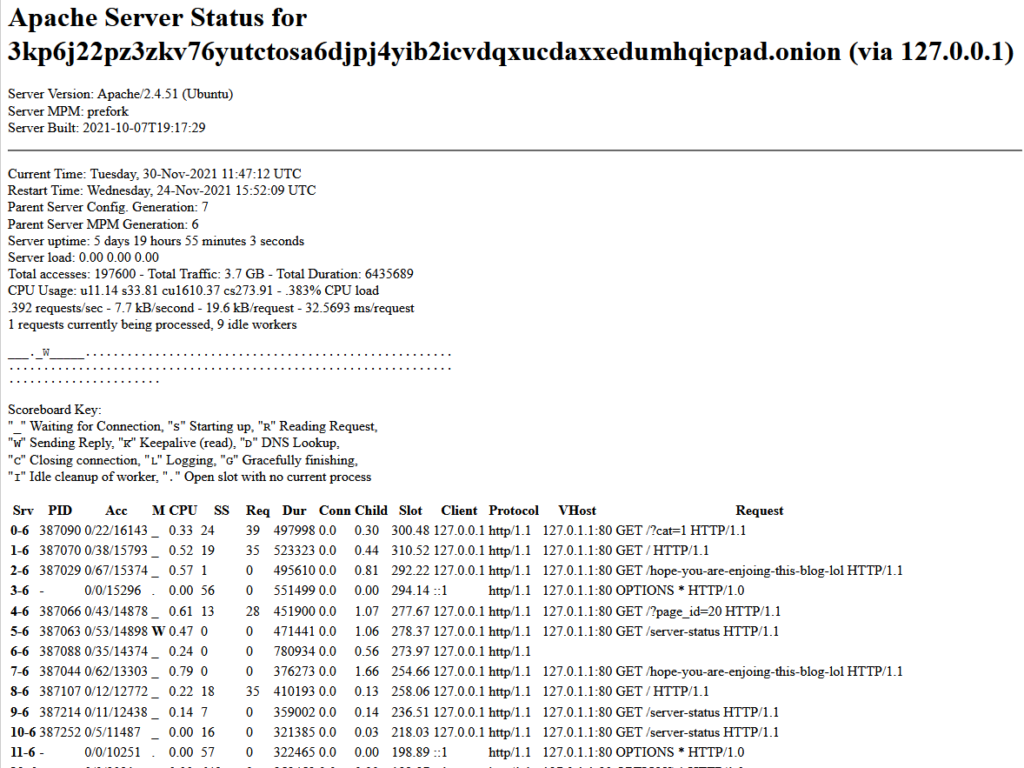
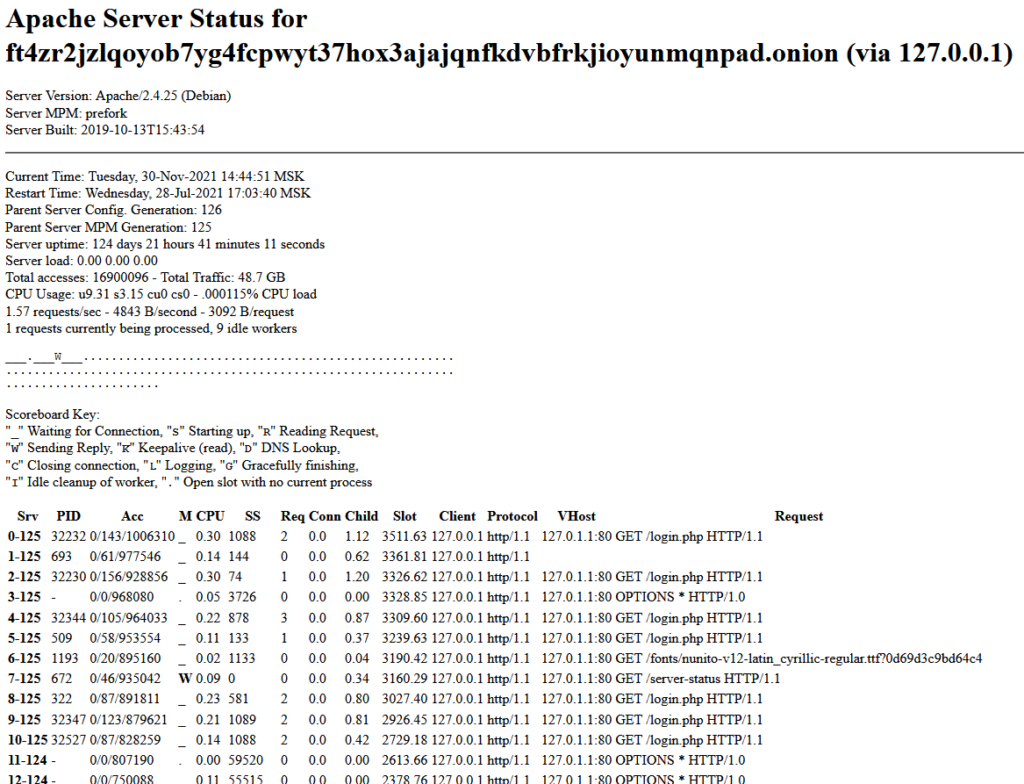
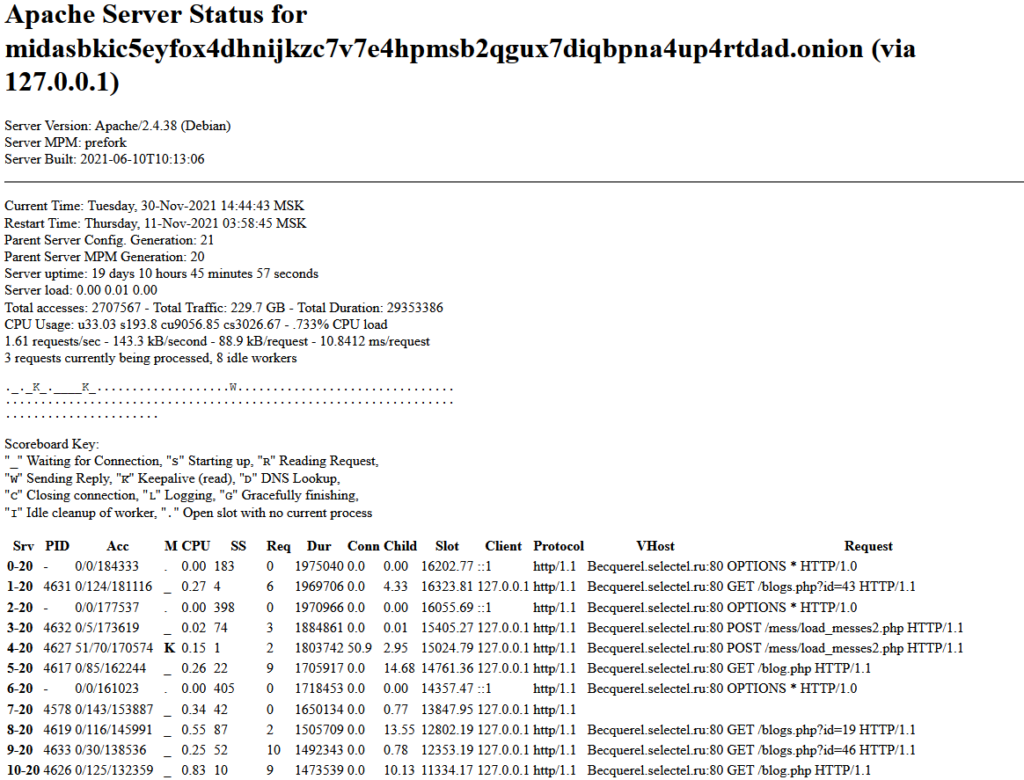


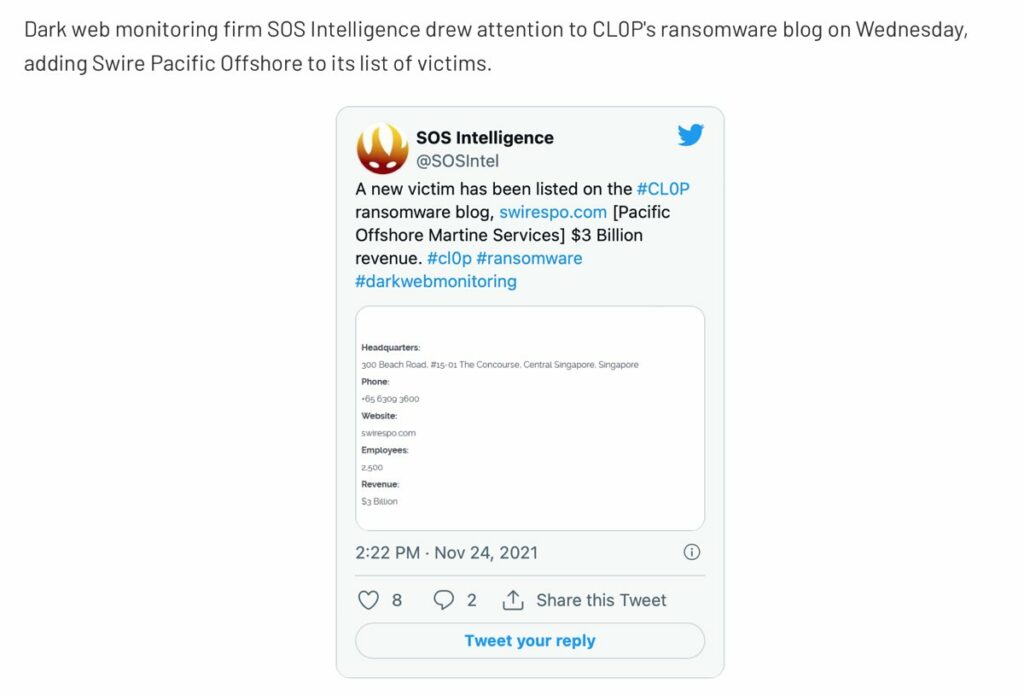
Recent Comments